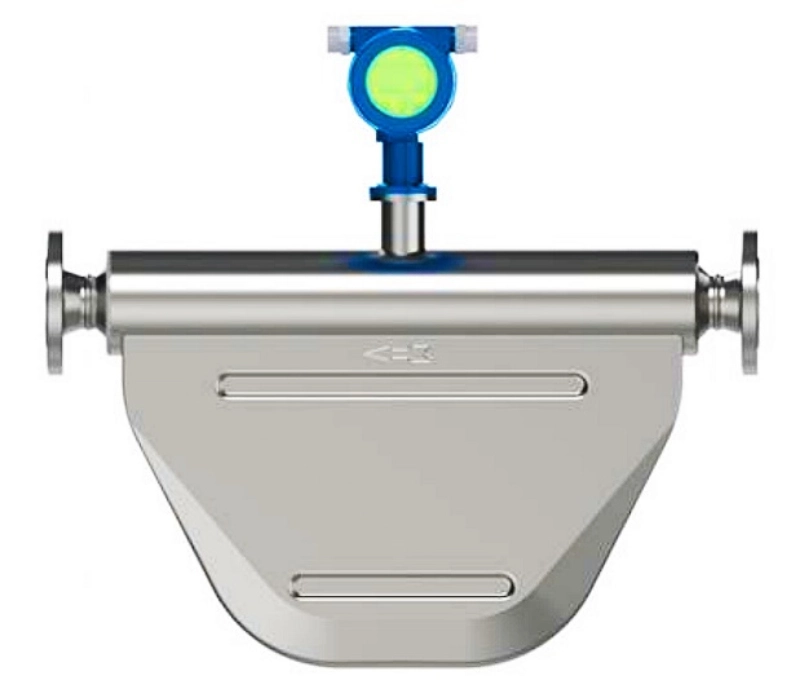When it comes to geology, the world beneath our feet is a treasure trove of rocks and minerals, each with its own unique characteristics and stories to tell. Whether you are a budding geologist, a hobbyist rock collector, or simply someone curious about the natural world, understanding how to identify rocks and minerals is an essential skill. This article will delve into the systematic approach to identifying these geological specimens, providing you with practical techniques and insights that go beyond basic knowledge.
Understanding the Basics: Rocks vs. Minerals
Before embarking on the identification journey, it’s crucial to understand the fundamental differences between rocks and minerals.
- Minerals are naturally occurring, inorganic solids with a definite chemical composition and crystalline structure. Common examples include quartz, feldspar, and calcite.
- Rocks, on the other hand, are aggregates of one or more minerals. They are classified into three main types: igneous, sedimentary, and metamorphic.
Step 1: Gather Your Tools
To effectively identify rocks and minerals, you’ll need a few essential tools:
- Hand Lens: A magnifying glass will help you observe the fine details of your specimens.
- Streak Plate: This is a piece of unglazed porcelain used to determine the streak color of a mineral.
- Hardness Kit: A set of reference minerals (like talc and diamond) to test the hardness of your specimens.
- Field Guide: A comprehensive guidebook or app that provides information on local geology can be invaluable.
Step 2: Observe Physical Properties
The identification process begins with careful observation of the physical properties of your specimens. Here are key characteristics to examine:
Color
While color can be a helpful initial indicator, it can also be misleading due to impurities. Always consider color in conjunction with other properties.
Luster
Luster describes how light interacts with the surface of a mineral. Common types include:
- Metallic: Reflects light like a metal (e.g., pyrite).
- Vitreous: Glass-like appearance (e.g., quartz).
- Dull: Lacks shine (e.g., clay minerals).
Hardness
Using the Mohs scale of hardness, you can determine how resistant a mineral is to scratching. For example, talc is rated at 1 (softest), while diamond is rated at 10 (hardest).
Cleavage and Fracture
Cleavage refers to how a mineral breaks along specific planes, while fracture describes irregular breakage. Observing these patterns can provide clues to a mineral's identity.
Specific Gravity
This is the ratio of the density of a mineral to the density of water. It can be measured using a balance scale and is particularly useful for distinguishing between minerals with similar appearances.
Step 3: Conduct Chemical Tests
For more advanced identification, consider performing simple chemical tests:
- Acid Test: Applying a few drops of hydrochloric acid can help identify carbonates, which will fizz upon contact.
- Magnetism: Some minerals, like magnetite, are magnetic and can be identified with a magnet.
Step 4: Utilize Resources
Once you have gathered your observations, consult your field guide or online resources. Websites like Mindat.org and the Mineralogical Society of America offer extensive databases of minerals, including images and descriptions that can aid in identification.
Step 5: Join a Community
Engaging with fellow enthusiasts can enhance your learning experience. Consider joining local geology clubs, online forums, or social media groups dedicated to rock and mineral identification. Sharing your findings and seeking advice from experienced collectors can provide invaluable insights.
Conclusion: The Journey of Discovery
Identifying rocks and minerals is not just about classification; it’s a journey of discovery that connects us to the Earth’s history and processes. By employing systematic observation, utilizing the right tools, and engaging with the community, you can deepen your understanding of the natural world. Remember, every rock and mineral has a story to tell—it's up to you to uncover it.








+ There are no comments
Add yours